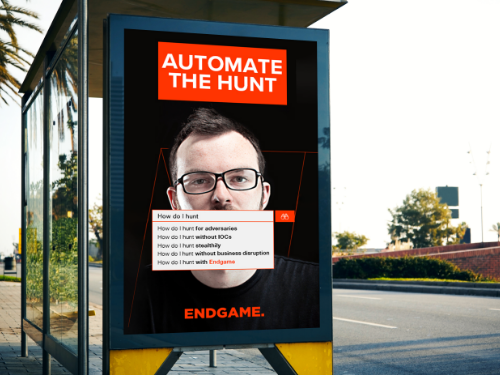Welcome to Digital Doorways! I’m Jason Siegel, Founder of Bluetext your host, and today, we have a marketing luminary with us, Jonathan Brody. With a stellar track record as a Chief Marketing Officer, Jonathan has navigated and strategically positioned cybersecurity titans like Endgame, Tenable, and Interos for massive growth and successful exits. His expertise extends beyond traditional marketing; Jonathan is a visionary who understands the nuanced art of steering brands through the ever-changing landscape of cybersecurity. Join us as we delve into Jonathan’s journey, exploring his insights, strategies, and the impactful role of branding in the dynamic world of cybersecurity.
Digital Doorways is Hosted by Jason Siegel, Founder of Bluetext.
Questions:
- Marketing Leadership: With your extensive experience as a Chief Marketing Officer, how do you approach leadership in the fast-paced and dynamic field of cybersecurity?
- Cybersecurity Landscape: How have you witnessed the cybersecurity landscape evolve over the years, and how do you adapt marketing strategies to stay ahead of industry changes?
- Brand Positioning: What role does strategic branding play in positioning cybersecurity companies for massive growth, and can you share a notable example from your career?
- Success at Endgame: During your tenure at Endgame, the company achieved significant success. What marketing strategies were pivotal in shaping Endgame’s brand and contributing to its growth?
- Tenable’s Growth Story: Tenable is a cybersecurity giant. How did you contribute to Tenable’s growth through marketing, and what lessons did you carry forward from that experience?
- Interos’ Positioning: As Interos’ CMO, how did you approach positioning the brand in the market, and what were the key elements of your marketing strategy?
- Navigating Exits: Cybersecurity companies you’ve been part of have seen successful exits. How does marketing contribute to these exits, and what considerations are crucial in the lead-up to such milestones?
- Balancing Innovation and Security: In marketing for cybersecurity, how do you balance showcasing innovation while assuring clients of robust security measures?
- Customer-Centric Marketing: How do you ensure that marketing efforts in cybersecurity are customer-centric, considering the complex and often technical nature of the industry?
- Storytelling in Cybersecurity: Cybersecurity can be complex. How do you approach storytelling in your marketing strategies to make these intricate concepts relatable to a broader audience?
- Building Trust: Trust is paramount in cybersecurity. How do you build and maintain trust in the brands you’ve worked with, especially in an industry where security is of utmost importance?
- Global Marketing Challenges: When marketing for global cybersecurity brands, what challenges do you encounter in adapting strategies to diverse cultural contexts?
- Metrics for Success: In your view, what are the key performance indicators (KPIs) that define success in cybersecurity marketing, and how have they evolved over the years?
- Adapting to Emerging Threats: How does your marketing strategy adapt to address emerging cybersecurity threats, and how do you keep messaging relevant in the face of rapidly evolving risks?
- Collaboration with Technical Teams: Marketing and technical teams often collaborate closely in cybersecurity. How do you foster effective collaboration to ensure accurate and compelling messaging?
- Leveraging Data in Marketing: With the abundance of data in cybersecurity, how do you leverage data-driven insights to inform and optimize marketing strategies?
- Advice for Marketers in Cybersecurity: What advice do you have for aspiring marketers entering the cybersecurity space, considering its unique challenges and opportunities?


